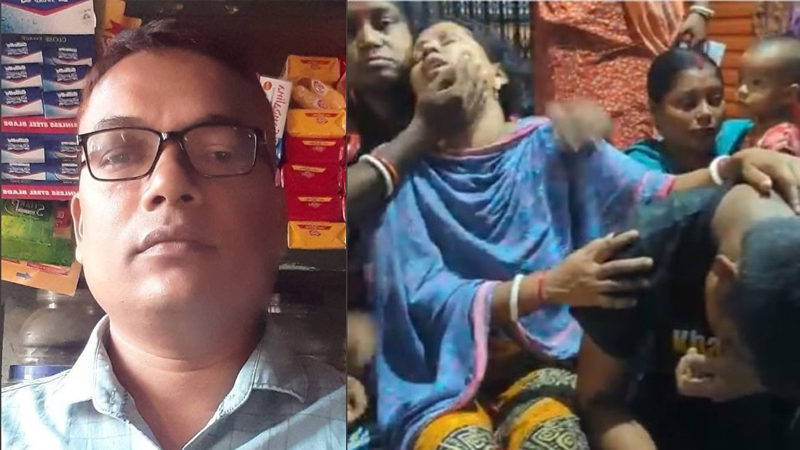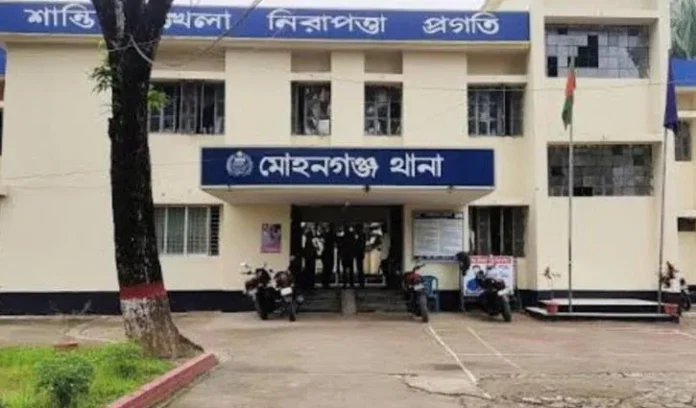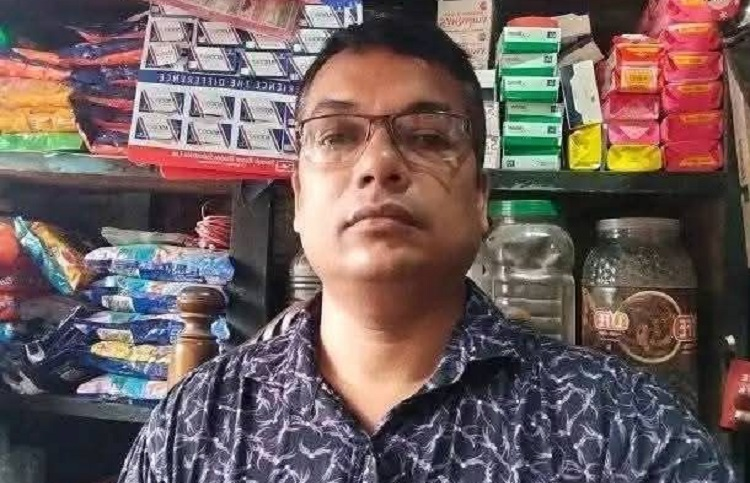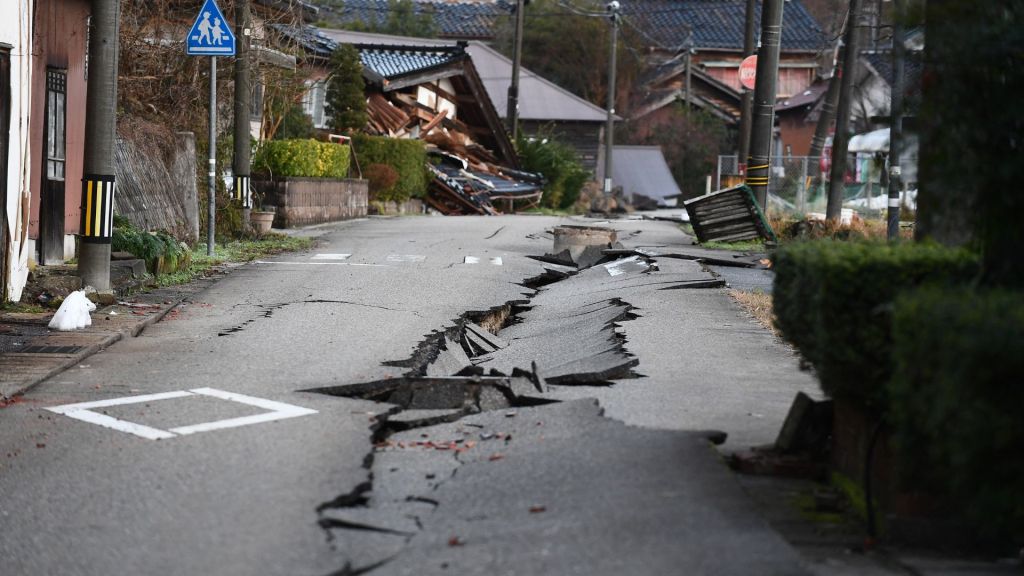Hindu shopkeeper Narayan Pal’s throat-slit body recovered in Netrakona

Sensational murder in Mohanganj; fear returns among minorities
A Hindu shopkeeper named Narayan Pal has been brutally killed by having his throat slit in Mohanganj of Netrakona. Police recovered his body from inside his own shop on Monday night. The incident has created extreme tension in the area, while members of the local minority community are once again gripped by insecurity.
Brutal murder on Monday night in Mohanganj
Police recovered the throat-slit body of a shop owner from the South Doulatpur area of Mohanganj upazila in Netrakona district on Monday night.
The deceased was identified as Narayan Pal (40), son of Niru Pal of Rautpara area under the same upazila. He was a Hindu grocery shop owner well known in the locality.

Locals discover the body inside the shop
According to local sources, around 11:30 p.m., residents noticed the throat-slit body of Narayan Pal inside his grocery store, Narayan Store. They immediately informed the police. Locals said the shop is located only about 150 yards from the Mohanganj Police Station.
Police response and initial investigation
Officer-in-Charge (OC) Aminul Islam of Mohanganj Police Station said that upon receiving the report, police quickly arrived at the scene, recovered the body, and sent it to the local hospital morgue.
He added that the incident is initially being treated as a case of murder. Police have already collected CCTV footage from nearby areas and are working to uncover the motive and identify those involved.

Fear among the minority community
Following the incident, fear has spread among members of the local Hindu community. They said that over the past year, there have been several cases of attacks, extortion, and intimidation in the area, which have heightened their sense of insecurity. The killing of Narayan Pal has deepened those fears even further.
Grief and outrage in the area
Narayan Pal was known as a kind and popular businessman in his neighborhood. His killing has sparked both grief and anger among locals.
Police said they are confident that with progress in the investigation, the mystery behind the killing and those involved will be revealed soon.
#Tags: #Netrakona #Mohanganj #NarayanPal #HinduCommunity #MinoritySecurity #Murder #PoliceInvestigation #SarakhonReport






















